 Nemeth designs are well known for their excellent helicopter simulations in both FS9 and FSX. The As 332 L2 Super Puma is no exception it is a very good representation of the real deal. I stress that this is not a helicopter for absolute beginners it is reasonably complex to fly, keep in the air, hover and land.
Nemeth designs are well known for their excellent helicopter simulations in both FS9 and FSX. The As 332 L2 Super Puma is no exception it is a very good representation of the real deal. I stress that this is not a helicopter for absolute beginners it is reasonably complex to fly, keep in the air, hover and land.
There was “bug” in the original which took me two installations of the patch and a workaround to fix. The “bug” involved the vital loss of rpm after about 6 minutes flying. Thunk!! Ah well, you do get to do a lot of auto-rotations. In the air it handles very well and you have to keep your eye on your instruments as I soon found as I was flying at 180KIAS at 10,000’.
Visually the 4 x 2 liveries are excellent and the 4 that have “crews” show an animated pilot and co-pilot. The instruments are clear and easy to read, but when zooming in to change a parameter it can be quite scary as you are virtually flying blind. Many of the instruments are operational and can be change using a mouse, button or key click. The interiors are well modelled and you can open both pilot/co-pilot and the cabin doors.
This is a big helicopter designed to carry 16+ passengers in style and it handles like a big version of a helicopter. I only successfully managed one or two autorotations but I put that down to my inexperience in this helicopter. It’s a fast aircraft, cruising around 150 KIAS and with a range of >800 nm, you can go a fair distance reasonably fast. For the review, I only flew basic operations in calm weather so I could see what enhancements this helicopter had over the default aircraft.
The AS332 Super Puma — The Magyar Review
Background: (Courtesy of Wikipedia)
The Eurocopter AS332 L2 Super Puma is a four-bladed, twin-engine, medium-size utility helicopter marketed for both civil and military use.  The military version is called a “Cougar”. Originally the AS332 was designed and built by Aérospatiale, it is a bigger version of the original Puma/Super Puma, and has a re-designed engine.  The Super Puma first flew on 13 September 1978. The Eurocopter Group, which now manufactures the AS332L2, is a European helicopter manufacturing company formed in 1992 from the merger of German Daimler-Benz Aerospace AG (DASA) and the helicopter divisions of French Aérospatiale. Several thousand AS332’s in both military and civilian guises have been built and the A332 L2 continues to be produced today.
In the Sim
Installation was painless with a self extracting “exe” file which installs in the correct FSX location. See tabl
Fuel and Payload via FSX:
Fuel Settings allow you to fill the left and right tanks, the left and right auxiliary tanks and the two external tanks. Payload management was poor, this Nemeth version carries 16 +2 but the Payload Settings in FSX only allow for 3 passengers. Even when you load those 3 passengers they do not appear in the passenger section of the Puma. I believe that a design as complex as this one deserves its own payload manager so that you can realistically fly with a maximum distributed payload.
Settings: On my system in the Select aircraft menu in FSX under “Publisher” I was presented with the tab for “Nemeth Designs” and this allows the choice of all 4 x 2 (liveries) repaints. My flight control settings were full left ie as simple as I could get them. With the settings at easy I was able to take off, hover and land. I’m sure the more experienced pilots among us will easily fly this machine with the settings on their most realistic.
The Guide: There is a manual of 18 pages, which is basically a checklist of standard operating procedures, minimum system requirements, and a series of pictures of the cockpit which have annotations showing what button, gauge, lever, etc does what. These are well laid out and it is easy to find what the purpose of a particular gauge, etc is for. The pictures and annotations are quite small and those of us who are old and not so decrepit might have difficulty in reading them. Unfortunately there wasn’t even a basic guide (other than a series of checklists to follow) to instruct you on how to start this helicopter from cold and dark, and as there are well over a 120 gauges, switches and levers it would have been nice to know the optimum sequence of operation. I discovered the “cheat” mode from the forum, if you press Shift + 1 you get the automatic way to start this bird from C&D, again why this was not documented in the manual is a mystery to me. (BTW this is an excellent method of getting this bird into the air quick-time.) Also missing was the basic setup on how to fly the Super Puma, for instance you will never get off the ground if you don’t have the Engine Fuel Flow levers in the “flight detent” position, again I had to pick that up from the forum (it is mentioned in the manual but has no reference that it is vital if you want to lift-off). There is no description on how to taxi or which is the best method, ie ground taxi or air taxi, but I did find that setting the twist grip on the X-52 to Steering Tiller via FSUIPC4 made taxiing very easy.
How does it look?
The visual aspects are excellent they compare very well with real world variants. The lines are good, (jaggy free) the colours vibrant with great reflections. They look very nice inside and out. One thing that perplexed me was that the AS332 was designed to carry around 17 persons and the AS 332 L2 up to 24, and yet I could only find 16 + 2 seats in this version. Have I got this wrong, is this really the L2 version?
 Figure 2 Bristow version As332 Courtesy Sackson 2000 and airline-pictures.net
Figure 2 Bristow version As332 Courtesy Sackson 2000 and airline-pictures.net
 Figure 3 FSX version of the AS332 Bristow
Figure 3 FSX version of the AS332 Bristow
As you can see in the pictures above there are some very very minor differences between the real world variant and the Nemeth model, with the latter looking pretty lifelike. It looks like the real-deal to me.  Please ignore the floats on the real life version, but that was the only suitable picture of a Bristow that I could obtain permission to use.
 Figure 4 A BOND at BOND AS332 Courtesy Gary Watt and Airliners.net
Figure 4 A BOND at BOND AS332 Courtesy Gary Watt and Airliners.net
 Figure 5 Nemeth AS332 BOND Livery
Figure 5 Nemeth AS332 BOND Livery
As I said above the Interior is well appointed showing the cabin layout in great detail, with nice creases in the “leather” upholstery.
 Figure 6 Interior facing front
Figure 6 Interior facing front
 Figure 8 Interior Front View with Slide Door Open
Figure 8 Interior Front View with Slide Door Open
The, handles, buttons, gauges, switches, levers, lights and wheels all look realistic and are quite clear, many have clickable areas to change the parameters. However, there are over 150 of these items and in flight if you wish to change or look at a particular button, gauge, etc you have to look down or up and zoom in on the panel which makes it interesting to fly the AS332 without the usual visual references.  I can tell you that flying fast in cold winter weather and trying to look to see if de-icing is occurring is quite a challenge.  I fell out of the sky so many times that I paused the SIM when I wanted look at a particular gauge, etc, a TrackIR© would be worth its weight in gold. There are no 2D panels. Shift + 1 is the only pop-up, pulling up the quick start option. This starting method puts all the switches in the right place and turns the computer/navigation system and away you go. Many of the gauges seem to have been designed for this helicopter ie they do not appear to be the stock FSX gauges. Again, it is not documented as to what is a gauge that is specific to the Nemeth AS332. There does not appear to be a separate GPS gauge installed and apparently the autopilot is not modelled.  There are left, middle and right hand windscreen wipers (and washers) installed but I could not find the key/button press to activate either. On my system I found that the L key for lights did not work and the panel, beacon, anti-collision lights, etc had to be switched on via the instrument panel. I never did find out how to switch on the landing lights.
 Figure 9 Full Main Instrument panel
Figure 9 Full Main Instrument panel
 Figure 11 Instruments Centre Console
Figure 11 Instruments Centre Console
 Figure 12 Overhead Instrument panel
Figure 12 Overhead Instrument panel
 Figure 14 Puma Livery with Shift+1 Quick start
Figure 14 Puma Livery with Shift+1 Quick start
 Figure 15 Interior Cabin Lights
Figure 15 Interior Cabin Lights
 Figure 16 Instrument Lights at Night
Figure 16 Instrument Lights at Night
 Figure 17 Exterior Lights — now where are those landing lights?
Figure 17 Exterior Lights — now where are those landing lights?
The Liveries
There are 4 x 2 Liveries that is four with a pilot and co-pilot (animated) and 4 with no crew at all.  The liveries featured three are definitely based on real —life helicopters; Bond-Air Services; Bristow Group; Japan Coast Guard with the fourth being possibly fictional, “PUMA”.
 Figure 18 BRISTOW Group Livery
Figure 18 BRISTOW Group Livery
 Figure 19 BOND Air Services Livery
Figure 19 BOND Air Services Livery
 Figure 20 JAPAN Coast Guard Livery
Figure 20 JAPAN Coast Guard Livery
 Figure 22 PUMA LIVERY Showing Crew (animated)
Figure 22 PUMA LIVERY Showing Crew (animated)
Doors
There are 4 operational doors, i.e. the port and starboard side passenger access doors, the pilot door, and the co-pilot door, all open and close. Shift + E opens the starboard passenger door and the port passenger access, pilot, and co-pilot doors have clickable areas to open and close them.
 Figure 23Â Starboard Passenger & crew doors open
Figure 23Â Starboard Passenger & crew doors open
 Figure 24 Starboard passenger door closing interior
Figure 24 Starboard passenger door closing interior
 Figure 25 Both passenger doors open
Figure 25 Both passenger doors open
Detail
Some of the detail on this helicopter was quite incredible particularly, the instruments in close-up, around the main and tail rotors, and wheel suspension. However in close-up on the doors the warning decals appeared fuzzy and out of focus.
 Figure 28 Main Rotor Close-Up detail
Figure 28 Main Rotor Close-Up detail
 Figure 31 Nice detail on wheel suspension.
Figure 31 Nice detail on wheel suspension.
Range:
On normal fuel usage at a cruise speed of 150KIAS you can fly for around 630 nm up to 805nm or between 4 to 6 hours flying time.
Frame Rate Hit
I did not see any significant drop in performance (frame rates) in FSX in this plane.
Instruments in the Interior:
There is one and only one cockpit layout for the 4 x 2 liveries and this is civil commercial version of the helicopter.  The instruments are comprehensive and modern and it would have been nice to have seen some descriptions of the functions of these instruments even if it was only a link to another web site where you could obtain comprehensive information.  The instruments include a Navigation & Mission Display, a Primary Flight Display, Avionics console, Warning Caution Advisory Panels, Airspeed Indicator, Altimeter, Torque meter, Rotor RPM Indicator, Hydraulic Pressure Indicator, etc, etc. None of these instruments were described in depth in the manual — pity. The instruments look good at night with clear illumination being switched on with a cockpit switch (overhead). As I said earlier I could not operate the landing lights for whatever reason. The helicopter features a tricyclics retractable landing gear and it has a workable manual landing gear extension switch, both features are nicely modelled.
In the air
The engines can be started manually, but I soon found that the keystroke “Shift + 1” was a less onerous proposition. Once the engines have warmed up you need to ensure that the engine fuel flow levers are set to flight detent, in order to lift off. Flying helicopters in FSX means that you have adjust the controls almost imperceptibly, like walking on eggs, and the Nemeth Puma is no exception. If you over correct or are heavy-handed on the controls, then you get in all sorts of problems. The minimum controllers to fly this plane well would be a good joystick and a pair of rudder pedals. I had to back-off the realism settings at first, gradually returning them toward realism as I became more competent. The manual offers a good checklist for the engine start, running and take-off, etc and they need to be followed to ensure a successful flight. For taxiing (the AS332 has an undercarriage) I set the twist grip on my X52 to steering tiller, via FSUIPC4, and that made it very easy to manoeuvre the Puma toward the runway. Pressing Shift + P (pushback) brings out a tractor at certain airports which pushes wherever you want to go. After a few practice crashes, I found the hover reasonably easy to attain. In general flight characteristics are good and responsive and it flies beautifully. There is an intermittent bug, supposedly fixed with a patch, and that is the rotor rpm will drop to around zero after about 5-6 minutes. One workaround on the forum was to load one of the FSX default choppers before the Puma, use “S” to cycle the view and hey presto that worked. Descending and finally landing require practice but they are readily achievable. Autorotation was a bit of a hit or miss affair, I found my best speed after switching off the engines was around 70KIAS and descending at around 300-500 fpm. My percentage rate of successful lands using autorotation was around 10%.
 Figure 32 AS332 in flight starting our descent.
Figure 32 AS332 in flight starting our descent.
The ceiling of this plane is >20,000’, it climbs at around 1500’/min and (empty) achieves 20’000’ in under 20 minutes.
One Engine performance
The AS332 L2 is a twin-engine helicopter, but switching off one engine in the sim doesn’t really model a single engine behaviour, the engine just stops. I’m not sure if you can fly this chopper in real life with one engine, but that’s why I thought that they had two engines, ie to still fly on in the event of one engine failure.
Sounds
The sounds were good they vary (as they should) from outside to inside and front to back. There have been posts on some forums stating that the sounds do not sound like the real-life Puma. To my unattuned hear they sound reasonable.
Repaints
There is an extensive re-paint kit included with the installation files. There were a few third-party repaints on the web but I couldn’t find any on AVSIM.
Support: This was by forum on simmarket. I did also send an email to one of the developers requesting support but I did not receive a response.
Summary:
This is a reasonable representation of the Eurocopter AS332 L2 Super Puma a civilian based helicopter used primarily for transporting oil-rig employees. It has a lot of nice features but it is let down by a few niggling faults including the random intermittent loss of rpm after about 5 minutes flying, and some of the instruments not being functional in the Sim. The manual is OK as far as it goes but it gives little guidance on how to operate this chopper, even down to turning on the landing lights. There is no maintenance, breakdown program, operational wear or time dependant failures nor is there a dedicated payload manager, which I believe is vital for a helicopter carrying up to 24 persons. In my opinion it desperately needs a visionary enhancing service pack and an update on the manual. On the good side it handled very well, it flies fast, and the flight dynamics were reasonable and I did want to fly and own it because it is a Nemeth.  On balance a nice representation of a large helicopter. It is a quantum leap ahead of some of the default offerings.
WOW Factor: 7½/10
Peter Hayes, Australia, December 2009.
Table of the Important Bits:
|
Publisher: |
NEMETH DESIGNS |
|
Supplier: |
Simmarket by direct download: http://secure.simmarket.com/nemeth-designs-eurocopter-as332-l2-superpuma.phtml |
|
Download |
105 MB (exe file) |
|
Installation |
Paint Kit and Manual 25MB; 4 Aircraft Folders in\SimObjects\Rotorcraft: 173MB each, ie 692 MB total |
|
Simulator Requirement: |
FSX plus Acceleration Pack only |
|
OS Requirements: |
Win XP, Vista and/or Win 7; |
|
Variants: |
N/A |
|
Paint Schemes |
4 x2 Different paint schemes (liveries), one with crew (animated) and one without crew: Bond Air, Bristow Air Services; Japanese Coast Guard |
|
Cockpit |
3D (VC) only |
|
Supplementary: |
N/A |
|
Testing System: |
Intel E8600, 4GB DDR 800 RAM, Vista 64 SP2, nVidia 9800 GT, 182.50 Driver; |
|
Scenery: |
FSX standard, GEXn, UTX, FSGenesis LC/Mesh; X-Graphics; Tongass Fjords, FTX |
|
Installation: |
Installation is simplicity itself being automatic via a self extracting exe file. The update and patch also install automatically. |
|
Manuals / Documentation |
A 17 page manual with checklists and basic instrument identification. Not as comprehensive as I would have liked, with very little of the order and importance of the various instruments and procedures. |
|
Support: |
http://forums.simflight.com/viewforum.php?f=156 |
|
Forum: |
http://forums.simflight.com/viewforum.php?f=156 |
|
Updates |
1 Update and 1 Patch: The update gives a GPS tracking option to the navigation display (NMD).and the patch fixes a rpm loss issue during flight. |
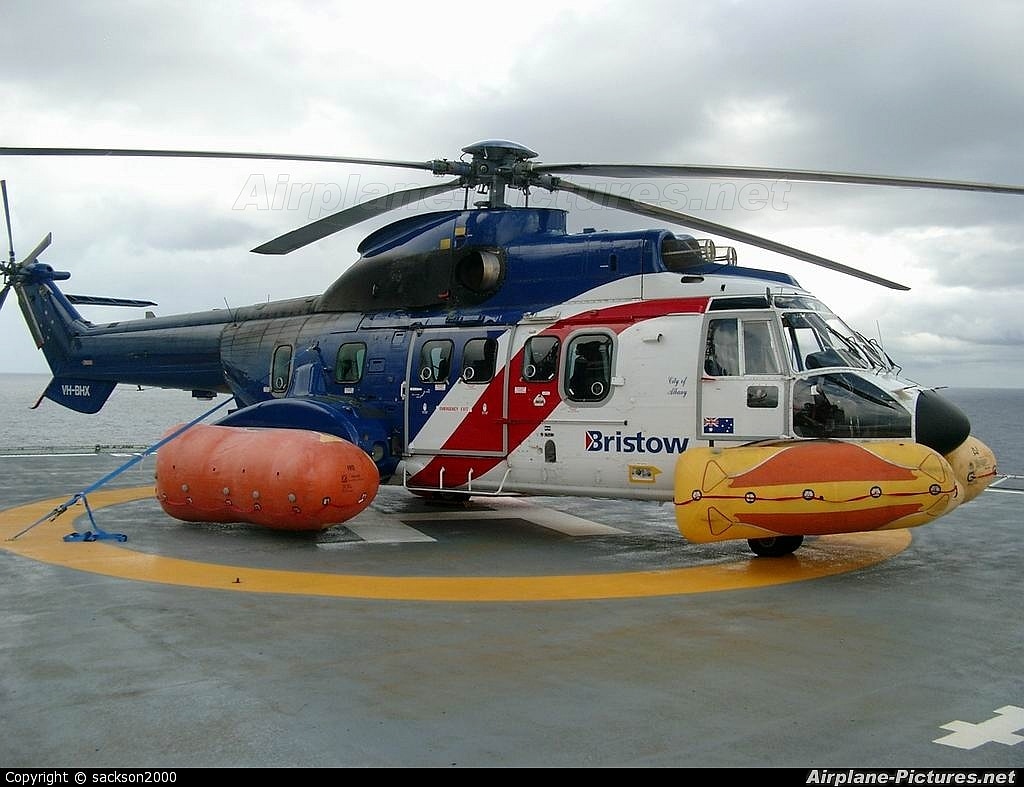








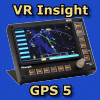
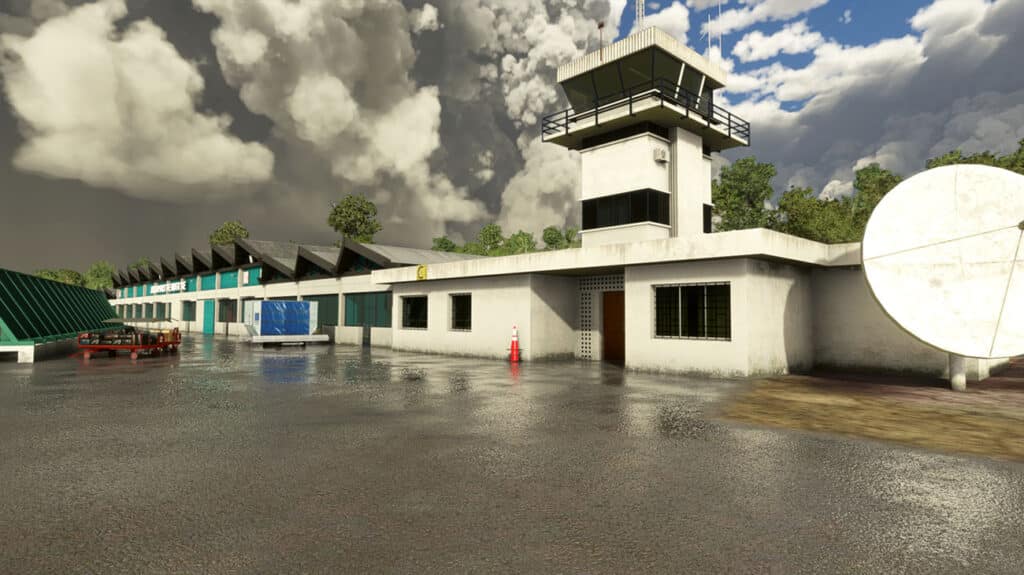
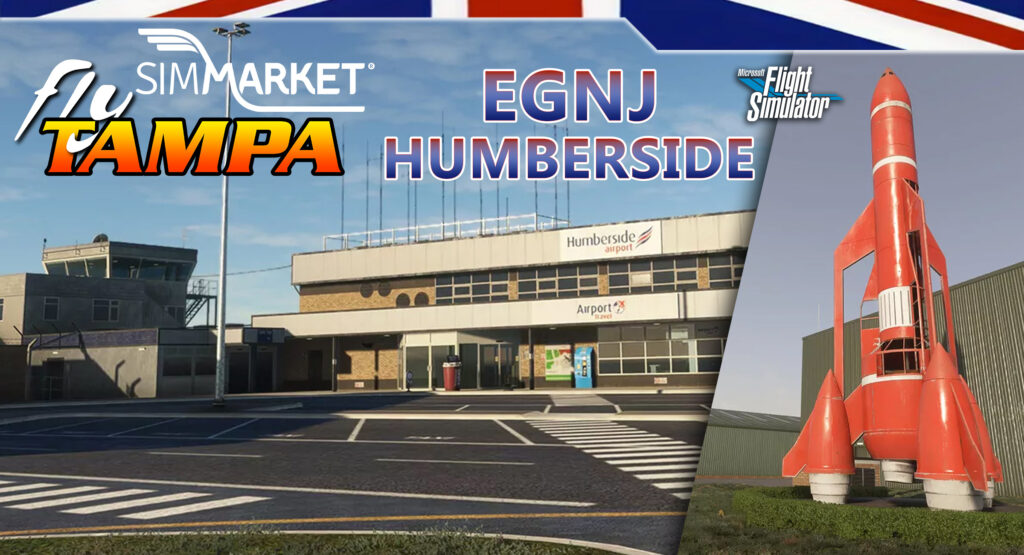

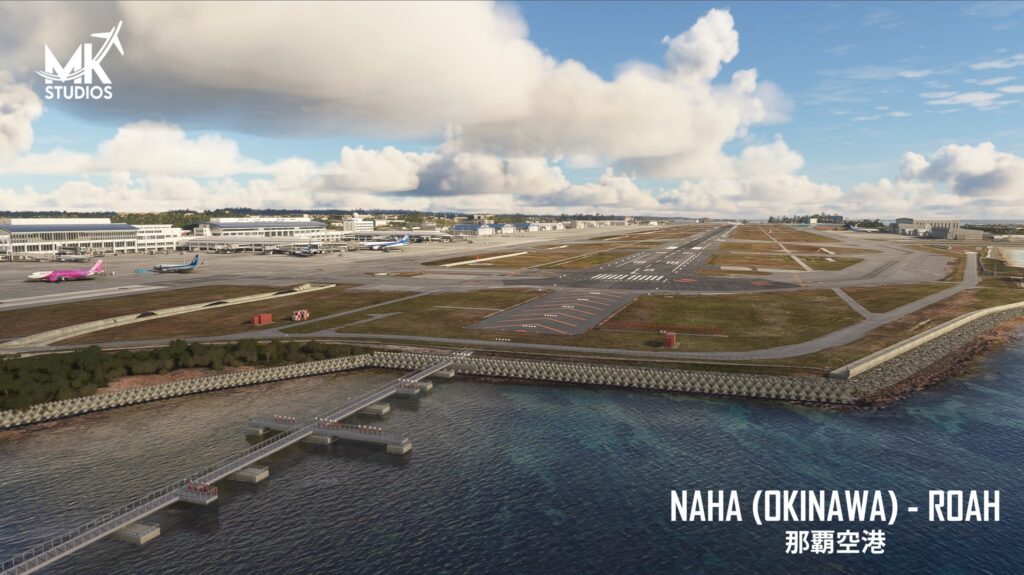
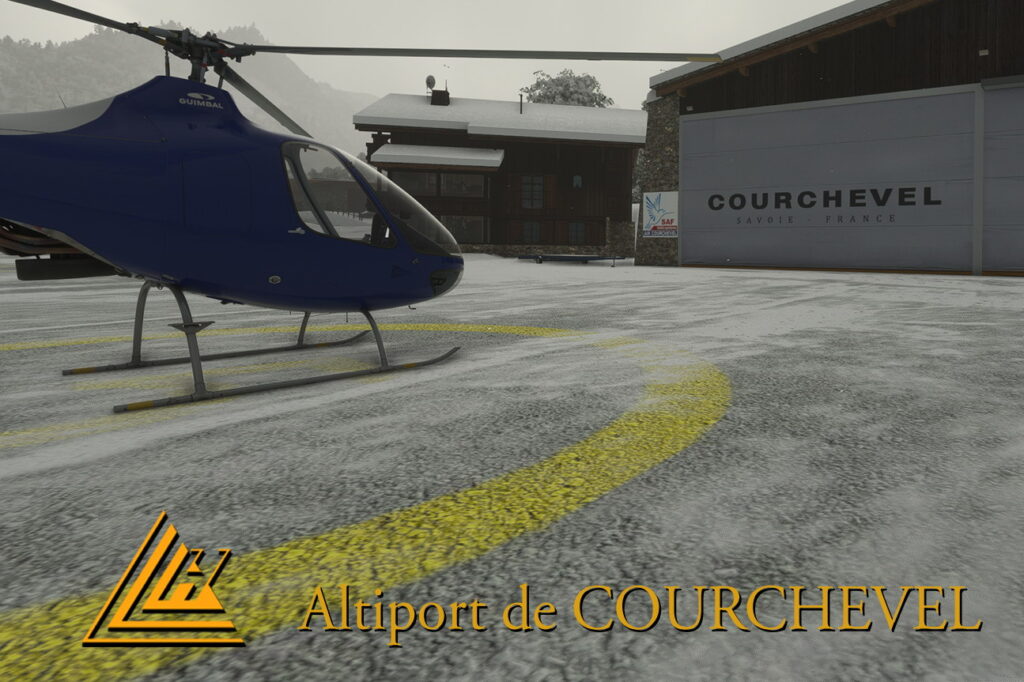
0 Responses
Hi, I read in the forum that Acceleration Pack is needed and it won’t work with SP2. Perhaps you want to modify your review in this respect.
This is true. The Super Puma uses the flight dynamics of the EH101 that is part of the Accel pack, so the product will not work without it.
…however the review does state that in the “requirements” section at the end, Chuck.
Chuck
I did put a reference to acceleration in the review in the table at the end. I will ask Miguel if we can amend the SP2 reference so that is removed. I did email the developers about this, but did not get any response. Thanks for your interest.
PeterH
Hello there, I want to ask for a bit of help here.I did not think of this but I having lots of difficulty starting the helicopter’s engines, can anyone help?
There’s a help forum for the Nemeth aircraft, which would be a far more appropriate place to ask, here: http://aussiex.org/forum/index.php?showforum=112
Ian P.
Thanks Ian, I never in my life came across such a realistic helicopter, I thought I was an expert, I though wrong XD